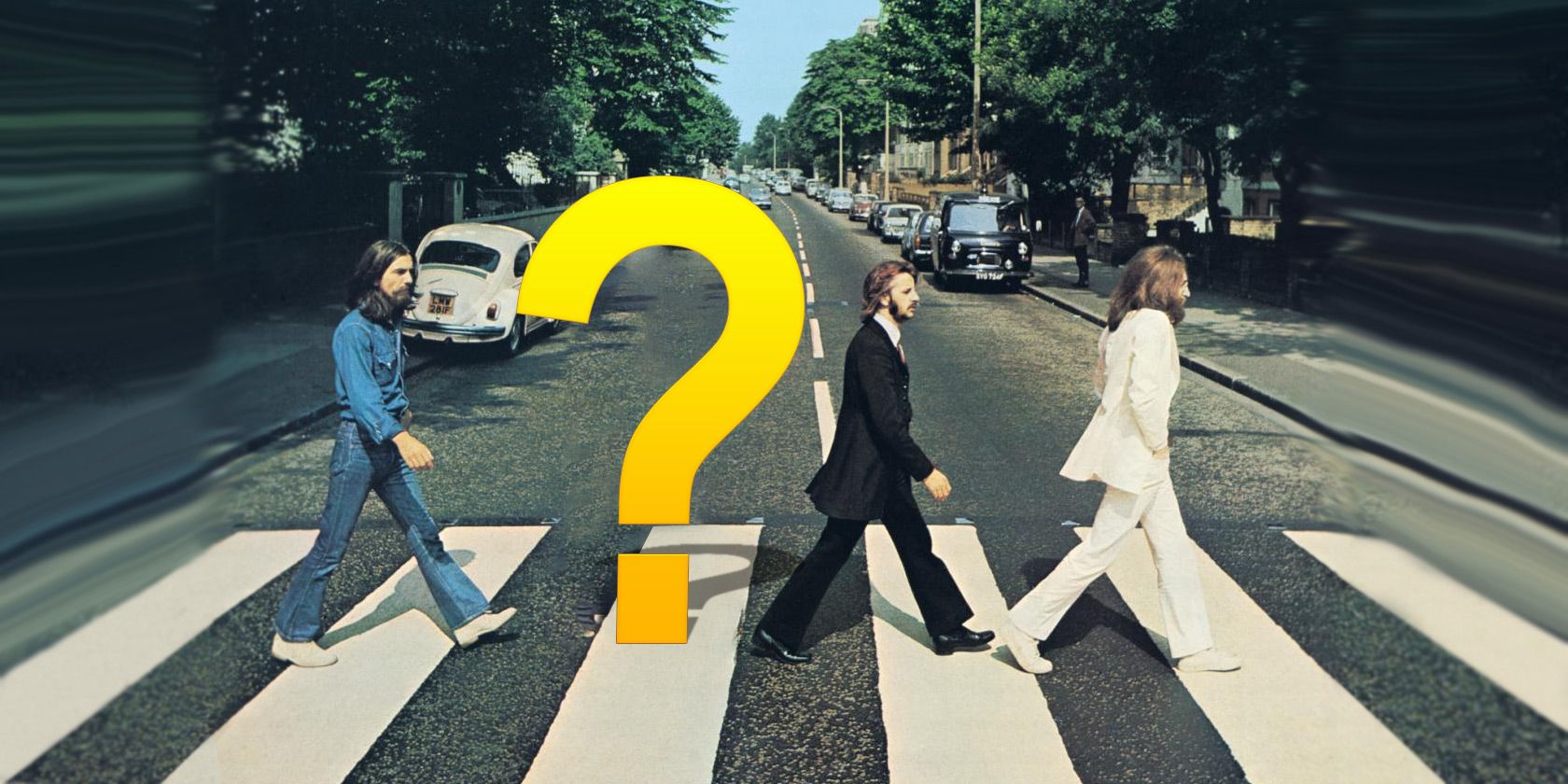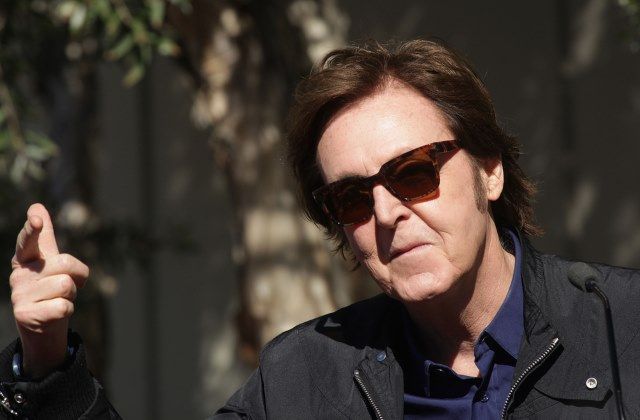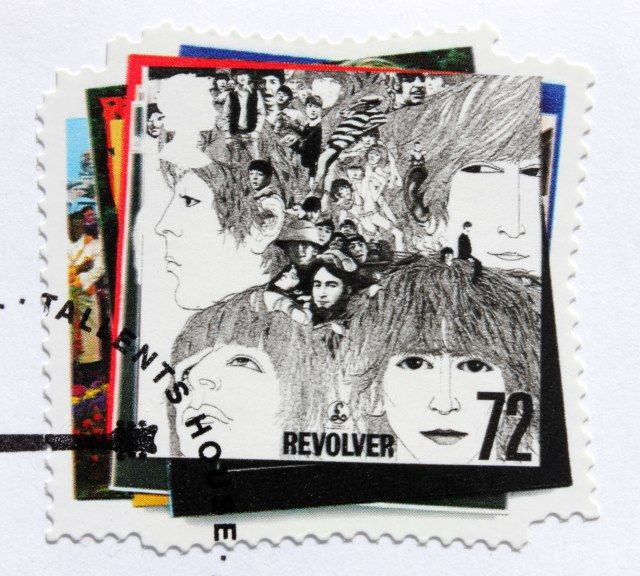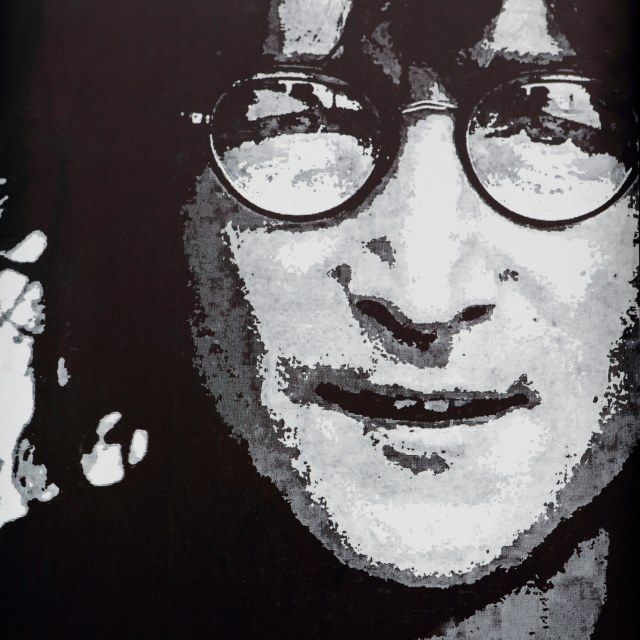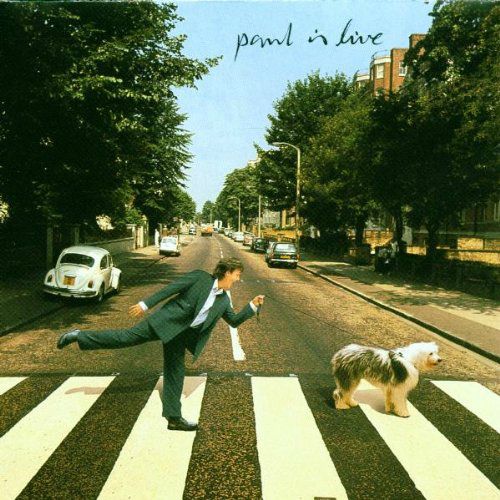"I am alive and well and unconcerned about the rumors of my death. But if I were dead, I would be the last to know." – Paul McCartney, 1969.
One day in 1966, a world famous rock musician tragically died. His fellow band members were beside themselves with grief, but cared for their fans enough to hire a replacement, a musician – or actor - who would be made up and receive plastic surgery in order to look like the late singer. Then, for the remainder of the band's career, guilty at what they had agreed to, the group would weave clues into their songs for only the most dogged fans to uncover, and lead them to the truth.
This is the nucleus of the "Paul is Dead" myth, an urban legend concerning the covered-up death of Paul McCartney, one that drifted harmlessly around during the late 1960s, saw a brief resurgence in popularity at the end of The Beatles' career as a group, and then went to sleep for years until the tale – in a revised form – appeared on the Internet.
Is there any truth to the story? Let's find out.
Wait, Paul McCartney is an Imposter?!
Well, not quite. While the roots of the story are unknown, its proliferation can certainly be attributed to American radio DJ Russ Gibb. During the summer of 1969 and following the release of The Beatles' final recording, Abbey Road, Gibb received an on-air phone call claiming that Paul McCartney was dead (Gibb went on to produce a radio documentary called The Beatle Plot).
Following this, a list of clues was published in The Michigan Daily on October 14th, 1969, alleging that album covers from Rubber Soul onwards contain clues to the so-called death of James Paul McCartney (that guy that Kanye West fans have never heard of).
A few days later, when another New York DJ Roby Yonge embarked on a late-night rant on WABC-AM on October 21st, 1969, the station was hit with a deluge of telephone calls, and soon newspapers around the world were reporting the claims, which had already spread across university campuses in North America.
For a long time, the theory was forgotten, considered in the same amused tones as Elvis working in the local chip shop or the moon landings being faked. But, like both of these phenomena, digital technology would eventually bring "Paul is Dead" back to life.
It doesn't take long to find websites publishing photographic comparisons of the pre-1966 Paul McCartney with the alleged replacement in later years, although most of the so-called comparisons are based on badly applied forensic principles and doctored photographs.
However, when applied by professionals, facial analysis of various McCartney photos do reveal a definite difference in the pre-1966 and post-1967 incarnations. This study was performed by Francesco Gavazzeni and Gabriella Carlesi for the Italian edition of Wired; scans are available to read online.
While the original batch of sites seem to have been lost to time and removed from the free hosting of yesteryear (such as Geocities) new ones have come along to replace them. One site, www.ispauldead.com, features a detailed look at all of the album cover clues, while invanddis.proboards.com offers believers and skeptics alike the chance to discuss and learn more about the theory.
The Clues to Paul's "Death"
Proponents of the urban myth – which has become so well-known that it is has been parodied in television and books as well as music by other groups – base their evidence on a set of clues hidden in The Beatles' songs and album artwork. These range from details in album covers to a perceived change in appearance for McCartney and beyond, as illustrated in this video.
Perhaps most famous is the Abbey Road album cover (one of the many Beatles LPs now available on iTunes), which features the group crossing Abbey Road in London. John Lennon appears all in white, like a cleric; Ringo Starr is dressed all in black, like an undertaker; at the back of the group, George Harrison is dressed in denim, perhaps as a grave digger; and in the middle, Paul McCartney is barefoot, wearing an old suit. Which, if you hadn't already guessed, could be construed as a corpse.
What The Beatles Said
In an interview with Playboy magazine in 1980, Lennon remarked: "Some people like ping-pong, other people like digging over graves. Some people will do anything rather than be here now."
It's clear to see The Beatles and their associates took a dim view of the so-called death; barely surprising, given that they had lost their manager Brian Epstein around the same time that Paul McCartney was alleged to have died. It's worth remembering that origins of the myth dated back to a car crash involving McCartney's car in early 1967 – an event that lead The Beatles star to appear in newspapers to convince the worried fans and public that he was still alive.
Those that believe in the body-swapping scenario refuse to accept any explanation from former members of The Beatles. When asked for his opinion in 1969, Ringo Starr said: "I'm not going to say anything because nobody believes me when I do."
LIFE magazine actually attempted to track down Paul McCartney, who had retired to his Scottish farm for several months in late 1969. He had been aware of the growing storm, but after the previous incident had decided to avoid the press for fear of simply fueling the story. It is also likely that the stay at his remote home was a result of The Beatles' split, which wouldn't be announced for several more months. The team from LIFE was initially met with anger, but McCartney soon gave them an interview.
McCartney revealed how disappointed he felt about the conspiracy theorists. "The people who are making up these rumors should look to themselves a little more. There is not enough time in life. They should worry about themselves instead of worrying whether I am dead or not."
The Sinister Side of "Paul is Dead"
Of course, Paul McCartney is alive and well and is the same man who trod the boards in Hamburg in 1960. If there was a game, however, an added layer to the Beatles' work that saw them embrace other mediums and avenues such as music, films, poetry, books, and art, then the proliferation of an infamous fictional scandal that was covered up would be perfect for capturing the imaginations of their fans. It is possible that this is the case, but none of The Beatles has ever admitted anything to date.
The reason for this could be the very real tragedy of the mass slaughter of pregnant actress Sharon Tate and other affluent Americans on the nights of August 9th and 10th, 1969 by the cultist "Family" of Charles Manson in San Francisco, California. Attempting to spark a Black versus White race war, Manson called the impending catastrophe Helter Skelter, the title of a Beatles track from 1968's The White Album. Manson would later claim that The Beatles were directly instructing him to commit his crimes through coded messages in their songs. Charles Manson was sentenced to life imprisonment.
If The Beatles had formulated the "Paul is Dead" myth and all of the associated clues, there is no way in which they would be able to admit to this in light of a madman attributing his plan of mass murder to their records.
John Lennon believed that, "Manson was just an extreme version of the people who came up with the 'Paul is Dead' thing or who figured out that the initials to Lucy in the Sky with Diamonds were LSD and concluded I was writing about acid."
Down the Rabbit Hole
Unbelievably, "Paul is Dead" isn't even the pinnacle of bizarre beliefs associated with The Beatles. Along with the suggestion that a Canadian won a Paul McCartney lookalike competition and was recruited as his replacement, there is the equally barmy plot which suggests that ALL of The Beatles were, in fact, replaced.
Why?
Because The Beatles never existed. No, really.
This plot goes beyond claiming that The Beatles had an army of duplicates, replacements if necessary, who had their own parallel careers entertaining teenage girls and making public appearances. Replacement/clone theories are common in the world of conspiracy theories, so it shouldn't be a surprise to see this introduced into the "Paul is Dead" world.
After all, The Beatles are still widely loved more than 40 years after they split up. They're a religion for some people, and all religions have their extremists. Over the years, some have even attributed a "deathbed confession" to the late George Harrison, which claims to include the details surrounding Paul's death and the recruitment of William Campbell as his replacement. Widely debunked, this statement forms the backbone of a movie that claims to be a mockumentary, Paul McCartney Really Is Dead: The Last Testament of George Harrison.
Researchers have spent years poring over every interview, photo, and concert looking for the magic "answer" to the Paul is Dead mystery, sadly in vain. Perhaps you can do better? Spotify is the place to start, as you'll find some interviews and demo tapes (McCartney, Starr, Yoko Ono Lennon and Olivia Harrison have so far resisted allowing official Beatles releases on Spotify).
The Truth: Beatles Die, But Paul is Live
The nonsense surrounding the "Paul is Dead" myth also detracts from the real tragedy that was the murder of John Lennon in the lobby of the Dakota Apartment Building in New York on December 8th, 1980 by a lone individual, Mark David Chapman. He continues to serve a life sentence years after the term handed down to him ended, and he has been denied parole on numerous occasions.
George Harrison was also the subject of an attack by a lone individual, inside his home in Henley-on-Thames on New Year's Eve, 1999. Harrison was stabbed repeatedly, and his lung was punctured. The attacker, Michael Abram, was later acquitted on grounds of insanity, having claimed that he was possessed by George Harrison and had been sent by God to kill him. Harrison survived the attack, but died from lung cancer on November 29th, 2001, aged 58.
McCartney, meanwhile, continues to poke fun at the rumor, most famously with his concert album, Paul is Live, released in 1993, which features the musician replicating the Abbey Road album cover with a number of "secret" clues as to his continued existence.
Having said that, an interview with Heather Mills in 2007 suggests that McCartney's second wife discovered the man she married isn't quite who she thought he was.
You can, of course, read into that what you will…
Paul Is Dead in 2015
It's remarkable that a rumor that has its roots in an event in 1966 has snowballed into something so big that, even now, McCartney is still being asked about it.
And the hoaxes keep on coming. In March 2015, fake news sites claimed that Ringo Starr had admitted that Paul McCartney really did die in 1966, and that the group had used a replacement for the rest of The Beatles' recordings. Of course, this was picked up by a few legitimate websites, but soon debunked.
We doubt this will be the last time the Internet breathes more life into "Paul Is Dead," but what do you think of it all? Is this the first time you have heard this rumor? Or do you recall your first exposure to it? Perhaps you have compelling evidence that the real Paul McCartney died almost 50 years ago?
Let's talk about it in the comments. Meanwhile, if you've been spooked by all of this, spend some time enjoying The Beatles.
Image Credits: Paul McCartney DFree / Shutterstock.com, Beatles stamps Sergey Goryachev / Shutterstock.com, Lennon art Emka74 / Shutterstock.com

